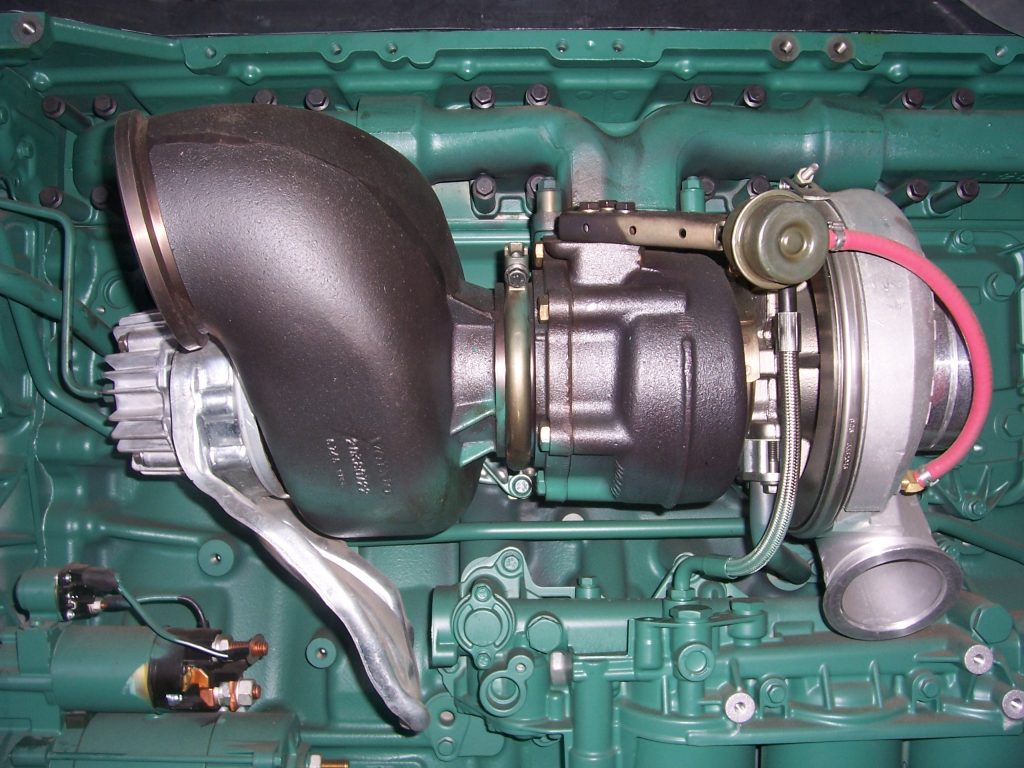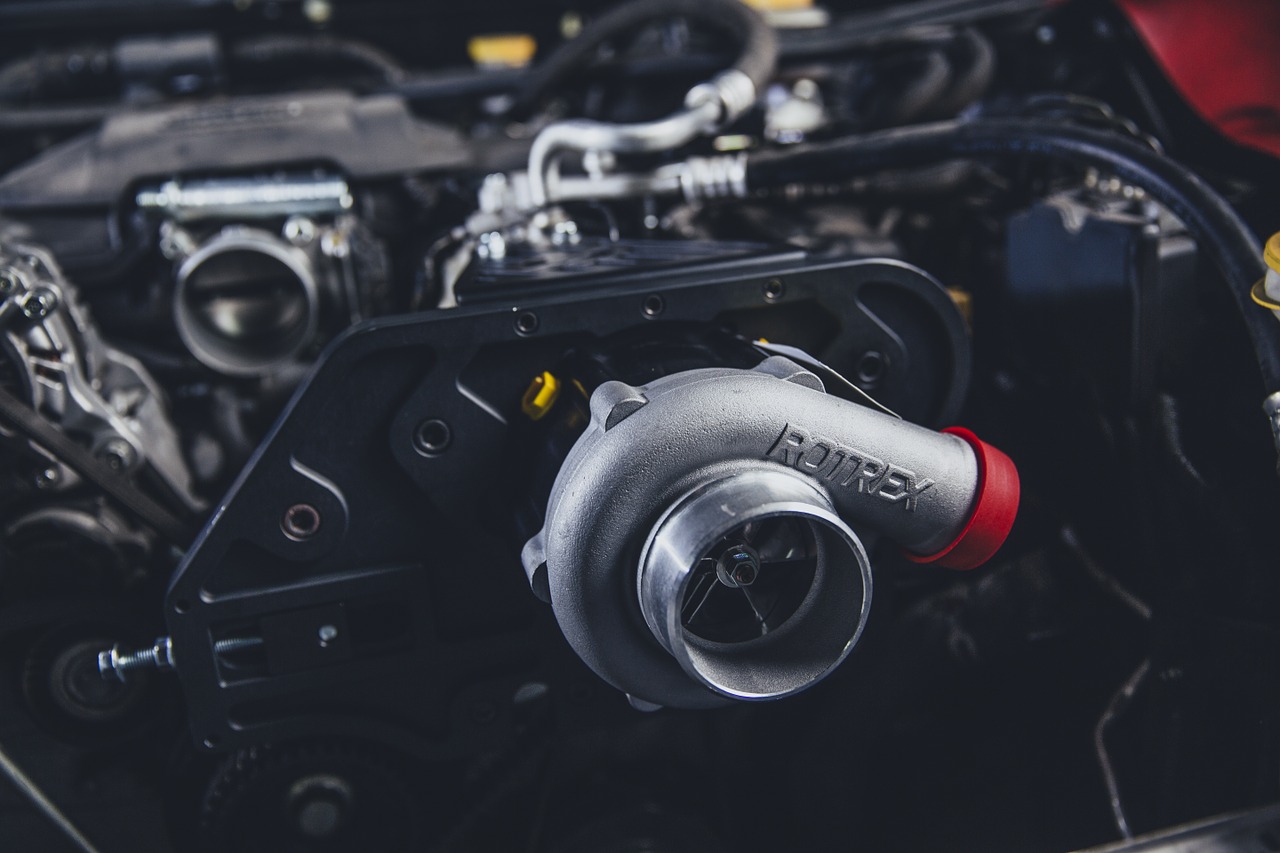Summary
Seized turbo: turbocharger technology
Seized turbo: maintenance
If the check light is on, your car lacks power, and the engine is anemic, the problem is a seized turbo. What to do, who to contact, and at what cost? Here is an overview of the problem.
Good to know: the check light, present on the dashboard, is used to diagnose and alert you in case of problems.
Seized Turbo: Turbocharger Technology
Function
The turbocharger is a device that increases engine performance by acting on the volume of air admitted into the cylinder. It creates an overpressure of 1 bar in the intake duct to “fill” the engine with air. Then, with the air pressure sensor’s help, the ECU determines the fuel to be injected to establish a perfect dosage in all conditions.
Description
The turbocharger is installed at the exhaust outlet and composed of 3 sub-assemblies:
-
- The exhaust turbine: this paddlewheel is placed at the engine outlet in the exhaust duct and is driven by the burnt combustion gases brought to a temperature of 800°C.
-
- The compressor is a bladed wheel placed in the intake duct; it is driven by the exhaust turbine, by an integral shaft, at a speed of 150,000 rpm; it compresses the intake air and improves the filling of the engine.
-
- Pressure limitation: without its presence, a chain reaction would develop: the exhaust gases act on the supercharging pressure, the better-fueled engine increases its rotational speed, the exhaust gases come out at a higher speed, and the intake pressure increases in turn. This vicious circle would lead in the short term to the engine’s runaway and destruction.
To limit the pressure, there are two turbo pressure regulation systems:
-
- The control valve system: this is a disappearing exhaust gas bypass valve that opens when the intake pressure is too high, a bypass channel is unveiled, and the exhaust gases no longer drive the turbine, causing the pressure to drop. This valve is actuated by a pneumatic capsule controlled by the intake air pressure.
-
- Variable geometry turbocharger (VGT): this is the new generation of the turbocharger; its pressure-limiting system consists of a set of vanes on the periphery of the exhaust turbine, connected to a turntable controlled by the engine management computer; the progressive opening of these vanes makes it possible to precisely control the flow of exhaust gases onto the turbine. The advantage of this technology is its increased range of use and its progressive power delivery.
It is these pressure regulation systems that can get jammed.
Seized turbo: maintenance

Causes of turbocharger seizure
As mentioned above, it’s the turbo control that gets the flu: the valve in a conventional turbo, the control vanes in a TGV, subjected to the extreme temperatures of the exhaust gases, become covered in scale and seize up.
The immediate effect is a significant loss of power. The engine operates like a naturally aspirated engine (not equipped with turbo); in this case, power quickly drops by half, and the vehicle moves forward with difficulty.
Besides, on the latest generations of vehicles, electronic management intervenes by imposing a degraded operating mode with speed limitation and ignition of the OBD light.
Solutions
Suppose the manufacturers recommend replacing the turbocharger with a new one or a standard exchange. In that case, it is also possible to use anti-seize measures, especially for finned systems, which require dismantling (there are also specific cleaners that are more or less effective that can be applied without disassembling).
Note: A qualified technician must carry out this operation!
Cost of the operation
It varies according to the type of vehicle and the suppliers. Here are some examples of prices for mass production passenger vehicles:
|
Services |
Rates |
Comments |
|---|---|---|
|
Compressor circuit cleaning with additive |
Fixed price from $65. |
Cleaner applied by an injection station (turbocharger in place) |
|
Turbocharger de-icing |
$50 to $100 |
Deposited turbocharger* |
|
Renovated turbocharger |
From $300 to $800. |
Original branded turbocharger* |
|
New turbocharger |
From $500 to $1 200. |
Original branded turbocharger* |
* cost of removal and installation not included.
Good to know: in case of replacement, the brand dealer will always provide the originally mounted turbocharger (the most well-known OEMs are KKK and Garett).
Recommendations
It is always necessary to order branded products and original parts for the engine from specialized sites and discard the much less expensive generic products.
When installing a new turbocharger, increase the engine oil pressure before starting and don’t touch the regulation system settings.
If the turbocharger gets out of the seizing condition, have this operation carried out by a specialist workshop.


1 comment
[…] What Causes Turbocharger Seizure […]